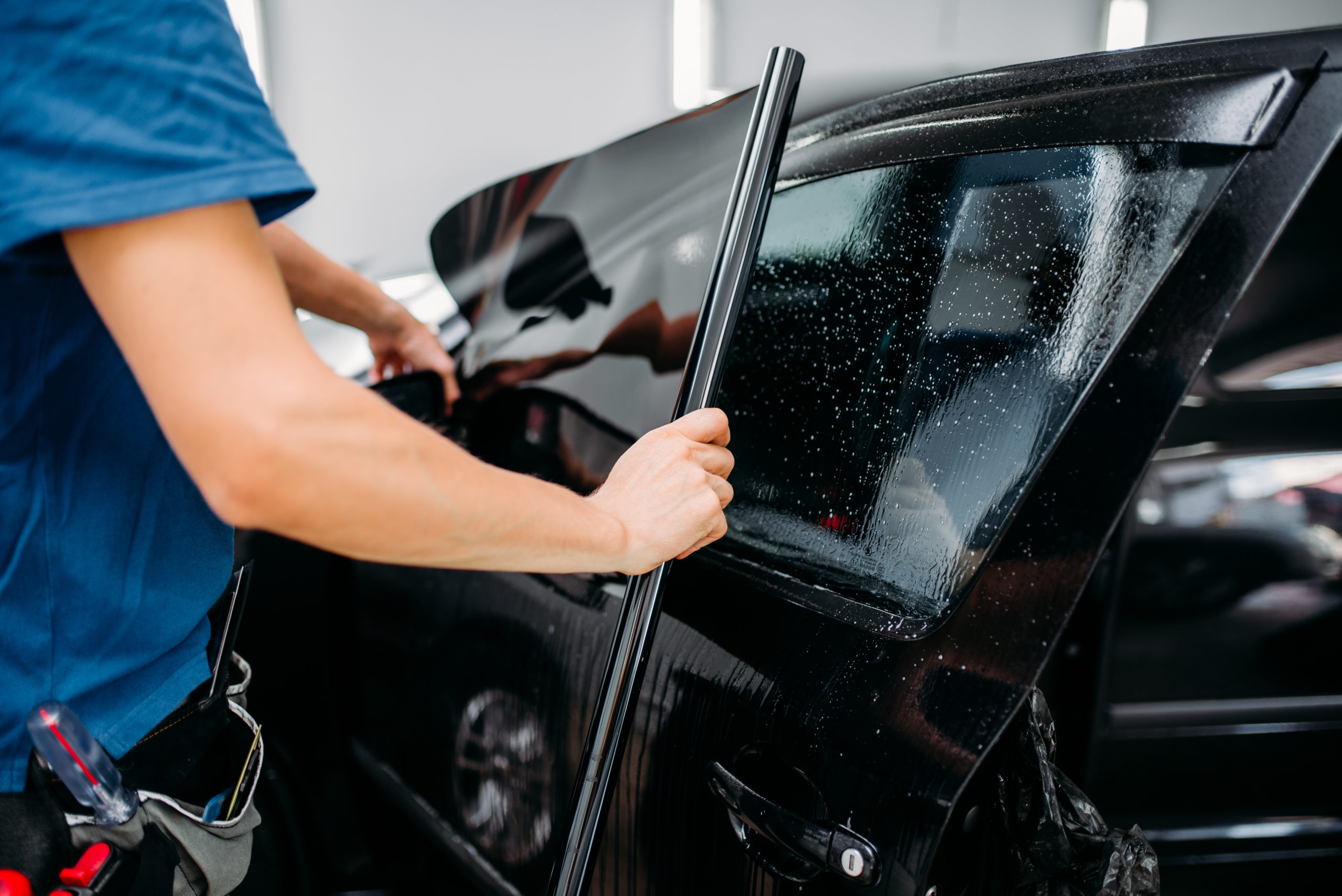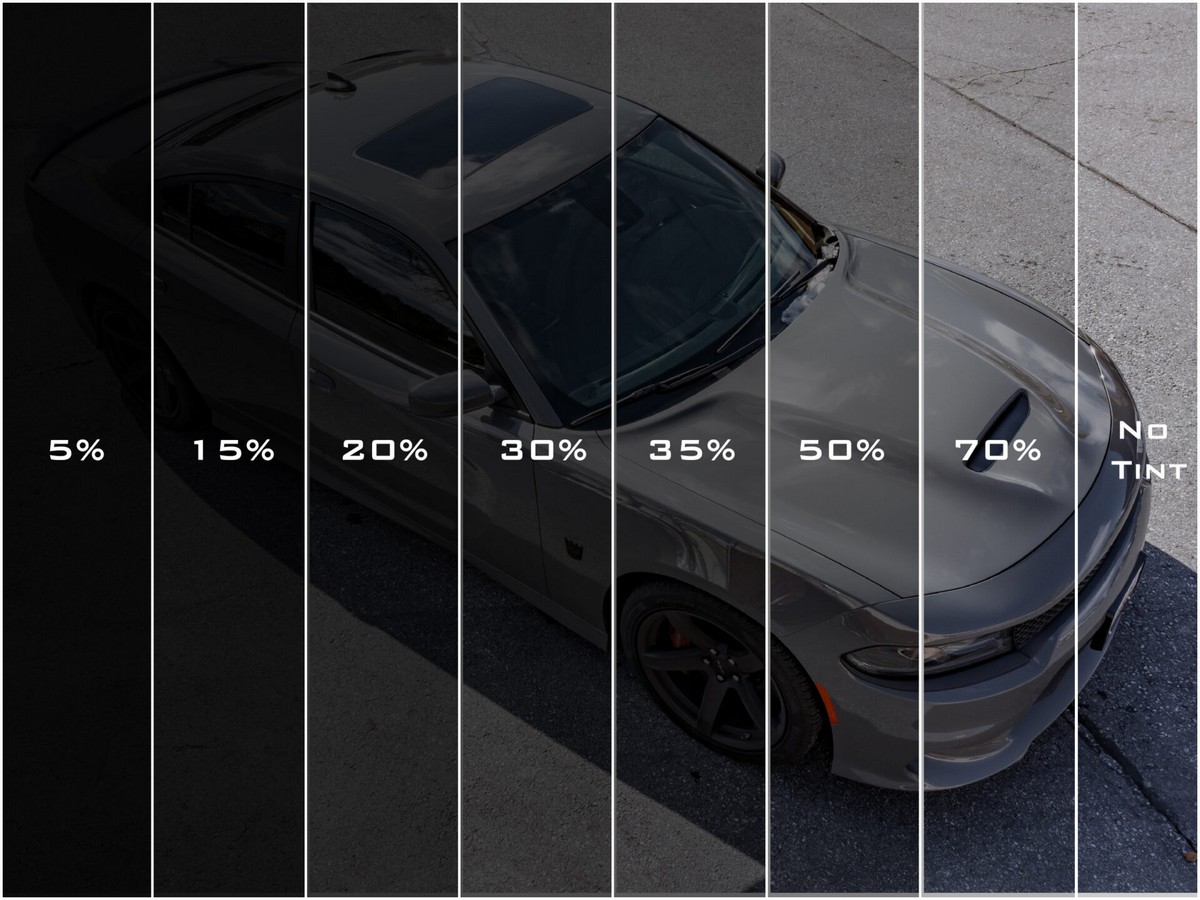Window Tinting Options: Locate the Right Shade for Your Design and Requirements
Choosing the suitable window tint for your vehicle entails a cautious consideration of numerous elements, consisting of individual visual appeals, functional needs, and legal constraints. With options varying from light tintss that supply very little privacy to darker tones that boost privacy, the choices can be overwhelming.
Understanding Window Tinting Degrees
When thinking about window tinting, it is important to recognize the different levels of tint offered, as they dramatically affect both appearances and performance. Window tinting is categorized based upon Noticeable Light Transmission (VLT) percents, which indicate the quantity of light allowed to pass through the glass. The VLT percent can range from extremely light (over 70%) to really dark (below 5%)
The main degrees of tint consist of clear, which offers UV security without modifying visibility; light tint (over 50% VLT), which a little reduces glow while keeping presence; tool tint (around 35% VLT), striking a balance between personal privacy and light transmission; and dark tint (listed below 20% VLT), offering considerable personal privacy and heat reduction however restricting exterior visibility.
Comprehending these degrees is essential as they can affect driving security, lawful conformity, and individual comfort. Additionally, regional guidelines usually dictate permitted tint degrees, varying by state or municipality. As a result, prior to choosing a color, it is a good idea to study and make certain adherence to these laws while considering individual choices for design and useful advantages.
Popular Tint Tone Explained

Among the most prominent options is the classic dark tint, typically ranging from 20% to 5% VLT (Noticeable Light Transmission) This shade offers maximum personal privacy and a smooth, advanced look. It effectively obstructs UV rays and heat, making it optimal for warm climates, though it may restrict exposure during the night.
Alternatively, lighter shades such as 35% or 50% VLT provide an extra refined appearance while still providing some level of personal privacy. These tones are perfect for those seeking a balance between aesthetics and functionality, as they enable for much better presence and abide with various legal standards.
Another emerging preference is the ceramic tint, which can be available in a range of tones - window tinting. It provides remarkable warm being rejected and UV defense without dramatically modifying the vehicle's appearance

Lawful Regulations for Window Tinting
Recognizing the legal laws surrounding window tinting is essential for car proprietors seeking to customize their automobiles. Each state in the united state has certain legislations regulating the darkness or lightness of window tintss, frequently determined by Visible Light Transmission (VLT) percent. VLT refers to the amount of light that can travel through the film and the glass combined.
In lots of states, laws dictate different VLT portions for numerous windowss, consisting of front windshields, side windowss, and rear windowss. Some states might enable a color of 70% VLT for windscreens while allowing darker tintss for rear windowss. In addition, certain states have restrictions on reflective tintss, which can produce glare for other motorists.
Failing to adhere to these laws can lead to fines, mandated removal of the tint, and increased insurance premiums. Car owners ought to seek advice from regional legislations or state DMV internet sites to guarantee they are within lawful restrictions prior to waging setup. Comprehending these regulations not only helps stay clear of lawful effects however likewise makes sure a risk-free driving experience.
Benefits of Different Tint Products
Discovering the advantages of different tint products reveals significant benefits that can boost both the performance and aesthetic appeal of a vehicle. Each product uses unique qualities suited to particular needs and choices.
Dyeded window films are popular for their affordability and capability to reduce glare. Metalized films, on the various other hand, offer premium warm reduction and UV security due to their reflective properties.
Ceramic window films stand for a premium alternative, offering remarkable warmth being rejected while keeping visibility. They are non-metallic, hence avoiding any type of signal disturbance, and are extremely sturdy, resisting scratches and fading with time. Additionally, ceramic films do not have dyes, making sure a longer-lasting look.
Lastly, hybrid films incorporate elements from dyeded and metalized alternatives, offering a balanced efficiency in regards to heat rejection, glow decrease, and cost. Each tint material offers one-of-a-kind purposes, allowing automobile proprietors to pick the best fit for their lifestyle and aesthetic preferences, eventually improving their driving experience.
Picking the Right Tint for You
Finding the right window tint involves thinking about different variables, consisting of individual preferences, car type, and you can try these out neighborhood regulations. Evaluate your personal style and desired level of privacy, as these will guide your choice of tint shade. Darker tintss supply improved privacy however might not be suitable for all chauffeurs, particularly those who prefer an even more open feeling inside their lorry.
Following, consider your automobile type, as the size and shape of windowss can affect the efficiency of specific tintss. As an example, bigger windowss may benefit from reflective tintss that lower glow while smaller windowss may be extra matched to dyeded films that provide refined looks.
In addition, it's critical to inspect local policies regarding window tinting. Many states impose constraints on the permitted darkness and reflectivity, particularly for front windowss. Compliance with these regulations is essential to make sure and avoid fines security.
Last but not least, review the tint product that best fits your needs. Choices consist of dyeded, metalized, ceramic, and hybrid films, each offering one-of-a-kind advantages connecting to warmth denial, UV security, and resilience. By taking into consideration these factors, you can with confidence choose a window tint that lines up with your design and useful requirements.
Verdict
In verdict, choosing the suitable window tint calls for cautious consideration of numerous elements, including VLT percents, neighborhood policies, and the wanted aesthetic. Different tint materials provide one-of-a-kind benefits that can improve vehicle comfort and defense. By thoroughly comprehending the readily available choices and straightening them with specific choices and sensible requirements, one can achieve an ideal balance in between style and capability in window Source tinting selections.
Picking the suitable window tint for your car entails a mindful consideration of numerous variables, including individual aesthetics, useful demands, and legal constraints. Each state in the United state has certain regulations governing the darkness or agility of window tintss, usually determined by Visible Light Transmission (VLT) percent. Some states might permit a tint of 70% VLT for windscreens while permitting darker tintss for back windowss.Locating the right window tint entails taking into consideration numerous factors, consisting of personal preferences, vehicle kind, and neighborhood laws.In conclusion, choosing the proper window tint calls for careful factor to consider of numerous variables, consisting of VLT percentages, neighborhood laws, and click this site the desired aesthetic.